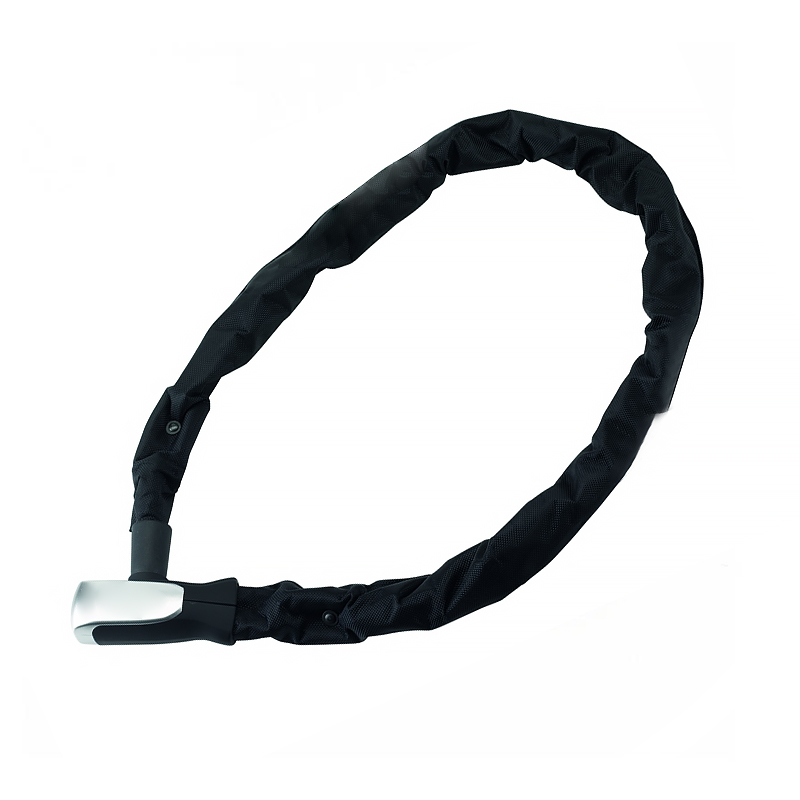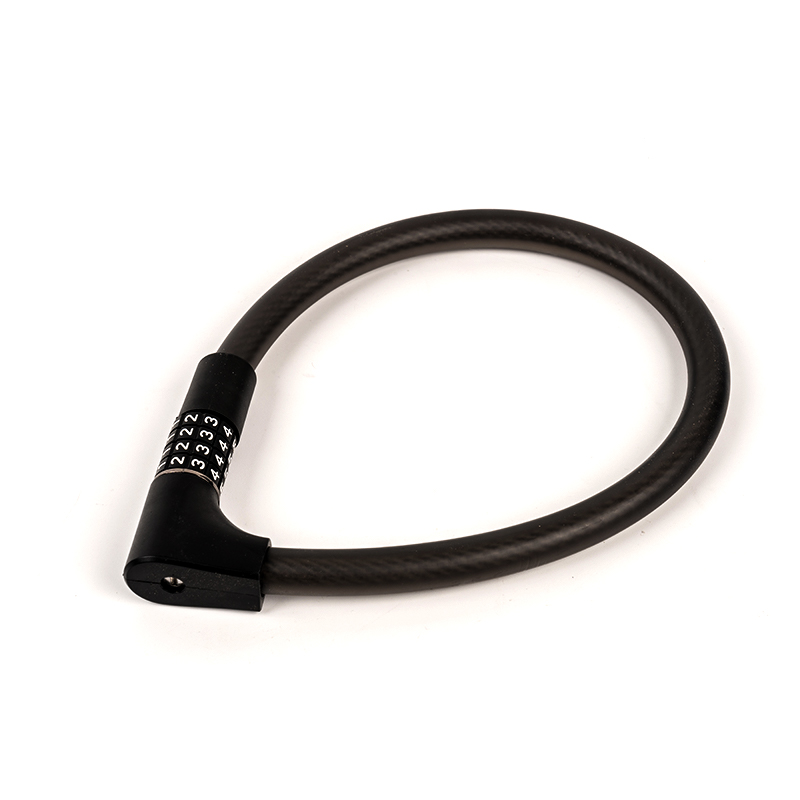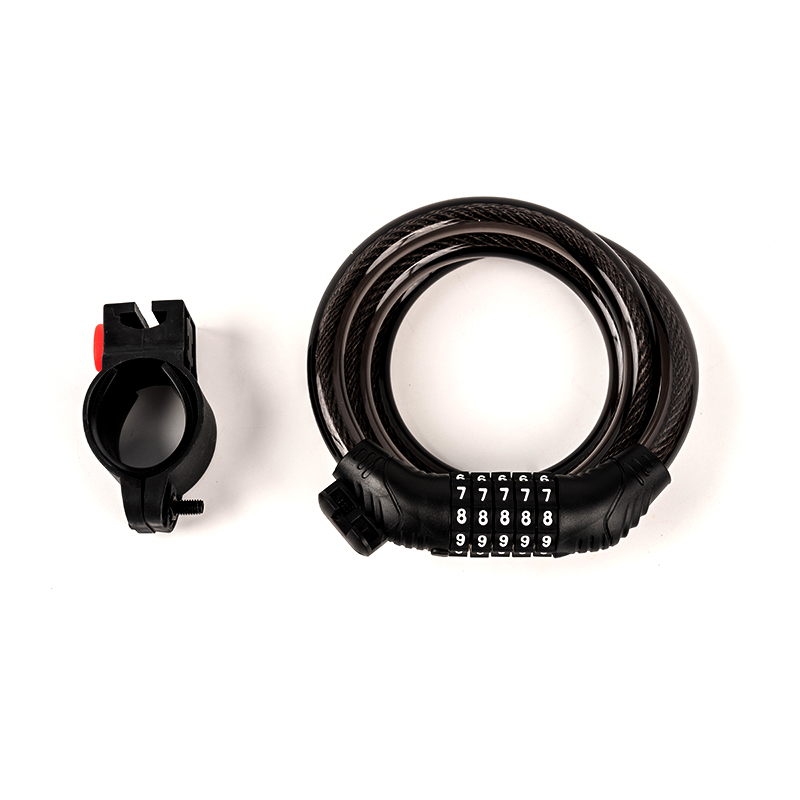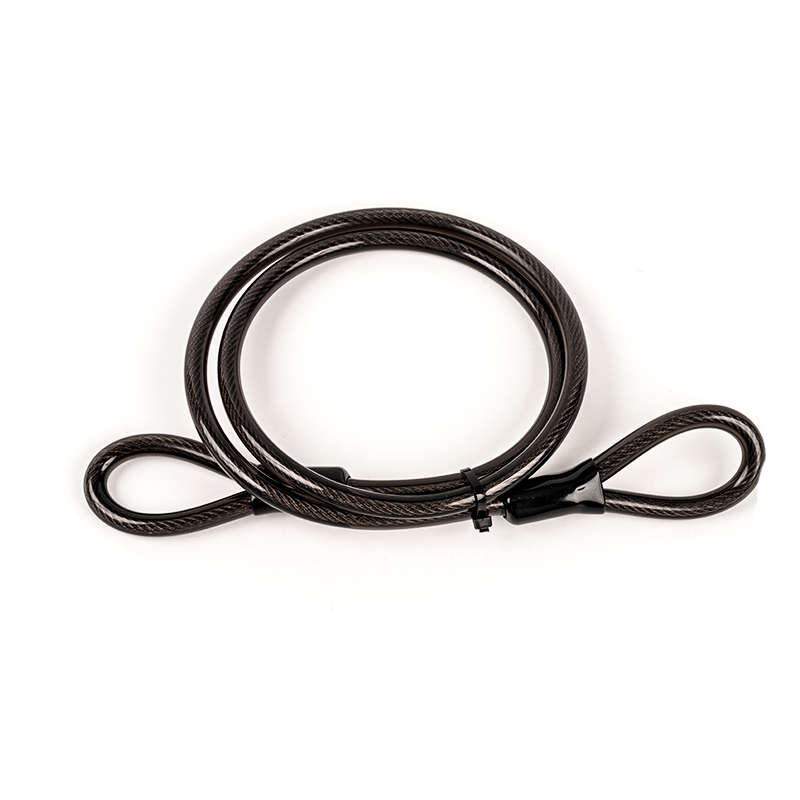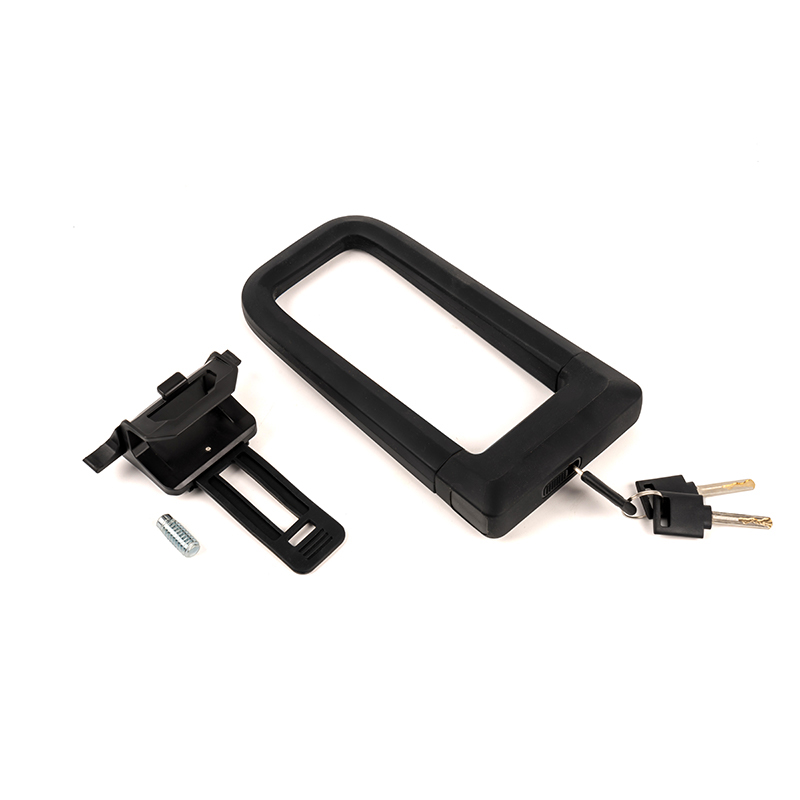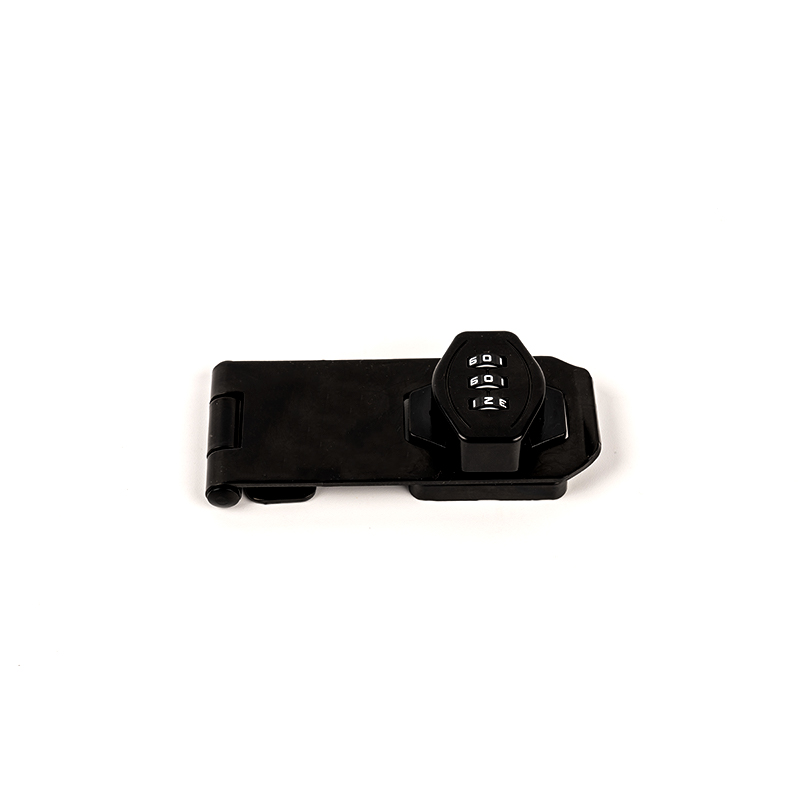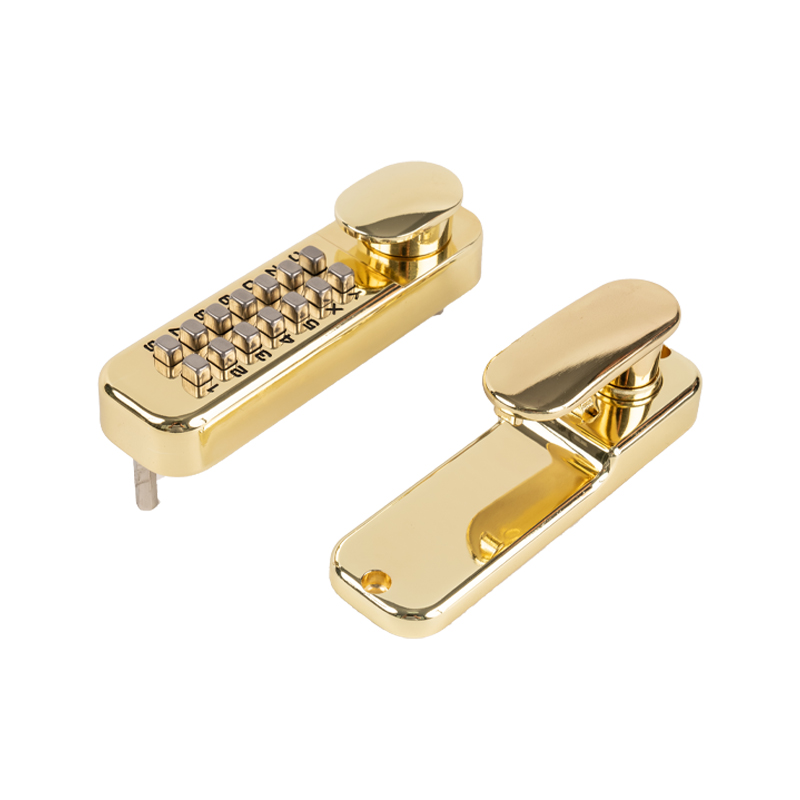Walking into the forging workshop of JT09509 chain lock, a hot breath hits you. This is the magical place where alloy steel raw materials are transformed into solid chains. Alloy steel, a material known as the "soul of steel", has become an ideal choice for lock manufacturing with its unique physical properties. However, to fully realize its potential, the temperature must be precisely controlled during the forging process, which is a job that tests both technology and artistry.
The first step of forging is to place the alloy steel raw materials in a high-temperature furnace to melt them into a hot liquid. In this process, temperature control is crucial. Advanced temperature sensors and automatic control systems are installed in the furnace. They are like precise "thermometers" that monitor and adjust the temperature in the furnace in real time to ensure that the alloy steel raw materials remain stable within the optimal melting temperature range. This step is not only related to the melting efficiency of the raw materials, but also directly affects the plasticity and strength of the materials in the subsequent forging process.
With the melting of the alloy steel raw materials, the forgers ushered in the most critical link-precise control of the forging temperature. They know that too high a temperature will cause the material grains to be coarse, reducing strength and toughness; while too low a temperature will affect the fluidity and plasticity of the material, increasing the difficulty of forging. Therefore, forgers must accurately control the rhythm of temperature and time like a conductor, so that the alloy steel raw materials can dance in the optimal forging temperature range.
To achieve this goal, the forging workshop is equipped with advanced heating equipment and cooling systems. Before forging, the raw materials will be preheated to a temperature close to the forging temperature to reduce the temperature gradient change during the forging process. Subsequently, under the shaping of precision molds, the alloy steel liquid gradually solidifies and forms a rough and powerful chain. In this process, the forgers will flexibly adjust the heating power and cooling speed according to the actual reaction of the material and the heating conditions of the mold to ensure that the chain obtains the best microstructure and mechanical properties during the solidification process.
The forging process of the JT09509 chain lock is not only a display of the application of science and technology, but also the inheritance and development of the craftsman spirit. Every forger is fully aware of his or her responsibilities and missions. With their rich experience and keen intuition, they continuously optimize the forging process and temperature control strategy. In their eyes, each chain carries the trust and expectations of users, and temperature control is the bridge connecting this trust and expectations.
It is this extreme pursuit of temperature control that enables the JT09509 chain lock to achieve a perfect balance between plasticity and strength during the forging process. The chain surface is as smooth as a mirror and feels warm, showing extraordinary texture and beauty; at the same time, its internal organizational structure is tight and has excellent strength, which can effectively resist attacks from various illegal unlocking methods. This quality of both internal and external cultivation makes the JT09509 chain lock an indispensable guardian in the hearts of cyclists.

 English
English русский
русский Español
Español عربى
عربى


